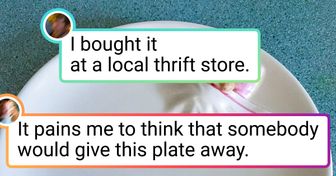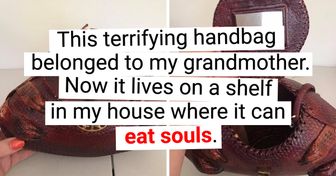14 Dads Who’d Do Crazy Things for Their Beloved Daughters

3D technology is developing very fast and the scope of its application becomes wider and wider every single day. And really, this may just bring us more enjoyment and comfort as we start producing clothing and many other everyday items on demand, right at home. This can also provide us with cheaper, life-saving medical treatment. And this list can be continued further, even sending us to other potentially inhabitable planets.
Actually, at first, this technology was meant to help blind parents “see” their unborn children. Since they couldn’t see them on an ultrasound, doctors provided them with a 3D-printed version of it so their patients could experience their baby in an entirely different way.
As it turns out, this may be a life-changing experience for all expectant parents as well. It is quite difficult to describe what a baby looks like on an ultrasound to more than just blind parents. A 3D-printed version provides completely different feelings. Plus, it’s one of the first baby pictures you can put in your family album to share warm memories over and over again in the future.
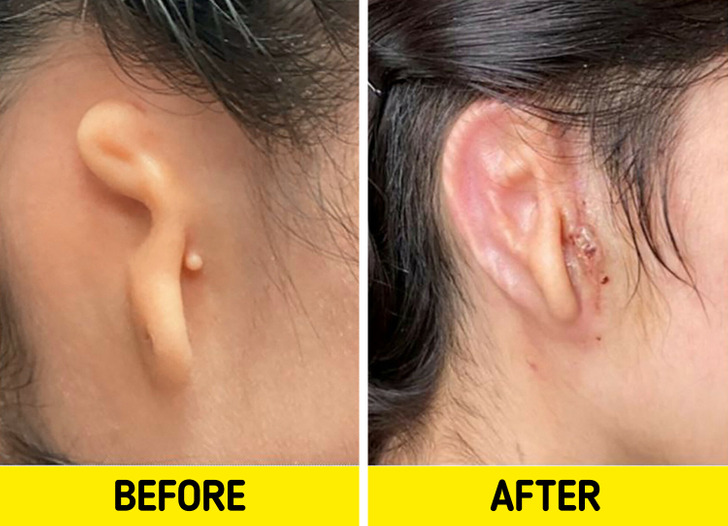
Bioprinting is also a rapidly developing technology. It allows scientists and medical researchers to build an organ, layer by layer, using scanners and printers that were supposed to be used for auto design, model building, and product prototyping.
Scientists hope that one day they will be able to arrange cells that can mimic the function of human organs. The good news is that organs fashioned from a patient’s own tissue and stem cells will be less likely to be rejected by the immune system, which will be a pivotal moment in organ transplantation. Additionally, these organs could be used for testing new drugs as well, which will, once and for all, end the process of testing on animals.

Just imagine that in the future, all you’ll need to renew your wardrobe is one single printer. This means, using a collection of raw materials, you will be able to download new designs or create your own and print them all out whenever you need them.
Also, when your dresses become too boring, or you just need a fresh fit, you’ll be able to melt them down and start again. And you won’t have to wait a few days for shipping or to return any previously ordered clothes — you’ll do it all from the comfort of your own home. This means that wearing a new trendy dress every day will be an easy task to complete, all while keeping waste to a minimum.

Scientists also developed 3D-printed shape-shifting material. This technology will transform not only the textile industry but will have a huge impact on the medical sector since this material is biocompatible.
Just imagine that you will be able to print a dress or piece of jewelry that can adapt to the form of your body, or create bras with cup sizes and shapes that can be customized each day instead of continuously shopping for the right fit every time you need it.
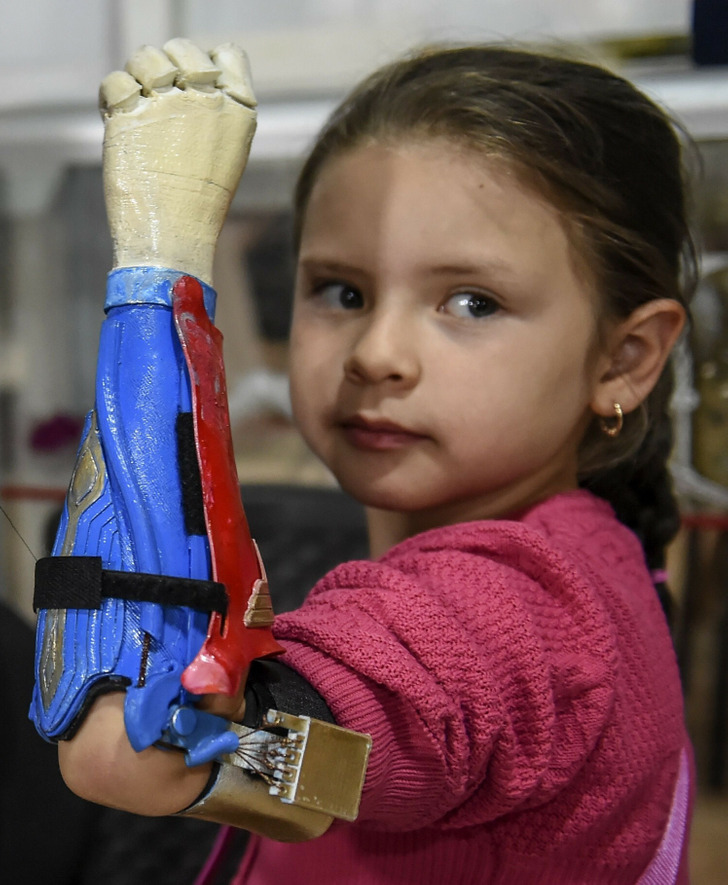
Today’s prosthetics are very expensive, estimated to cost between $1,800 and $8,000, which is a huge problem for people all over the world. This is especially true because such pieces must be replaced every 5 years, and little children require replacements even more often, as much as every 2 years.
It takes about a week for a technician to perfectly tailor a prosthetic. A 3D scanner can do this just in 15 minutes. Then it can be produced in a variety of colors to match the patient’s skin tone, and all for less than $30. Also, the initial design can be saved and then rescaled to literally grow with each patient, which makes 3D-printed prosthetics for children a perfect solution.
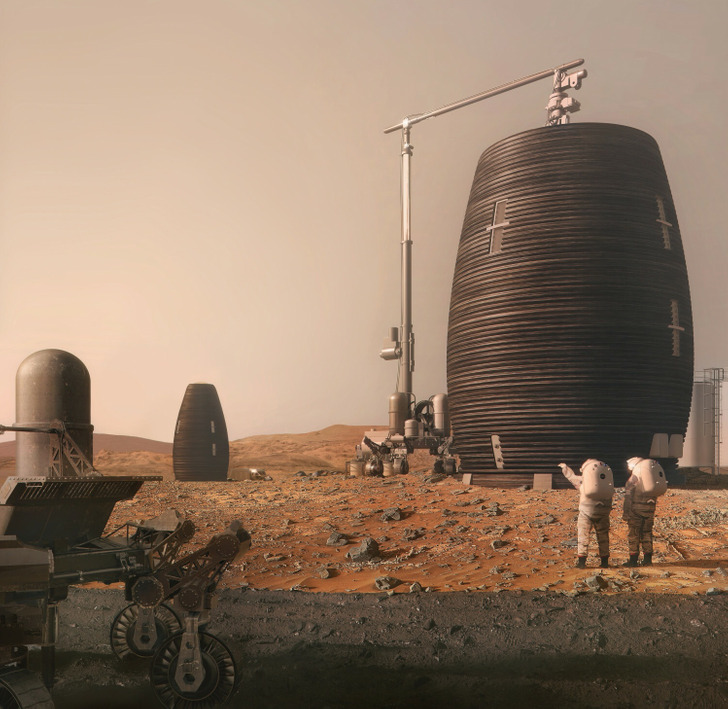
3D printing technology will also help us to live, work, and explore other planets, like, for instance, Mars. The best design at the moment is a 3D-printed vertical egg-like container that creates highly inhabitable spaces tuned to the demands of a Mars mission.
These buildings will be constructed in situ right before the arrival of the first Mars settlers. They will provide expansive views of the Martian landscape and will allow us to nurture a small hydroponic garden for the growth of vegetation and the production of oxygen.
Recently, a plant-based 3D-printed salmon fillet has been unveiled to the world. It consists of 100% plant-based ingredients, like various plant-protein sources, such as legume proteins. Other ingredients include algae extract, omega-3 fatty acids, and plant oils.
All in all, it is quite similar to any wild-caught salmon, and some 3D fish burgers have been available on the market for some time now. The taste is the same and there are no additional requirements as to how to cook it or anything like that. Juicy stakes are also made in this way. This has the potential to turn a new page in saving our environment and ending up with fewer starving people around the globe.
We know that sweaty, itchy plaster casts have remained relatively unchanged for decades now. Hopefully, scientists will design a 3D-printed cast that behaves like a brace and is tailored to the individual from a 3D scan. It is washable, breathable, and can be made denser in the areas around the fracture that need more support.
It also provides ultrasound waves that aid with bone healing by stimulating the production of proteins. It shows high rates of fracture healing compared to old-fashioned casts and, in many cases, helps to avoid any surgery. Consequently, it may save about $1,963 per patient. And it will save even more in the future when the technology will be widely applied in all the hospitals around the world.
Imagine that you had access to a 3D printer at home. What items would you print first? Why? Please share your ideas with us in the comments below.

